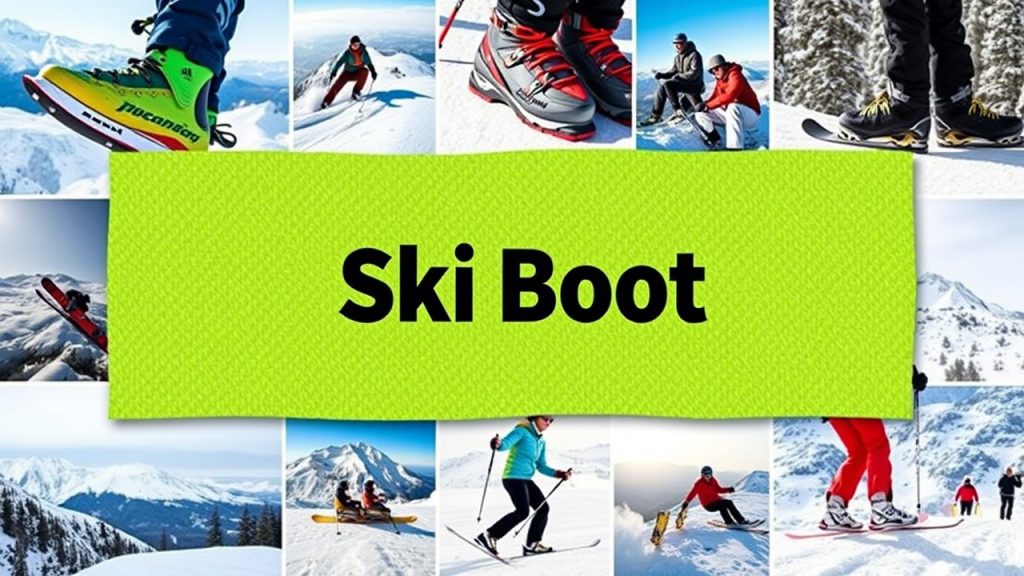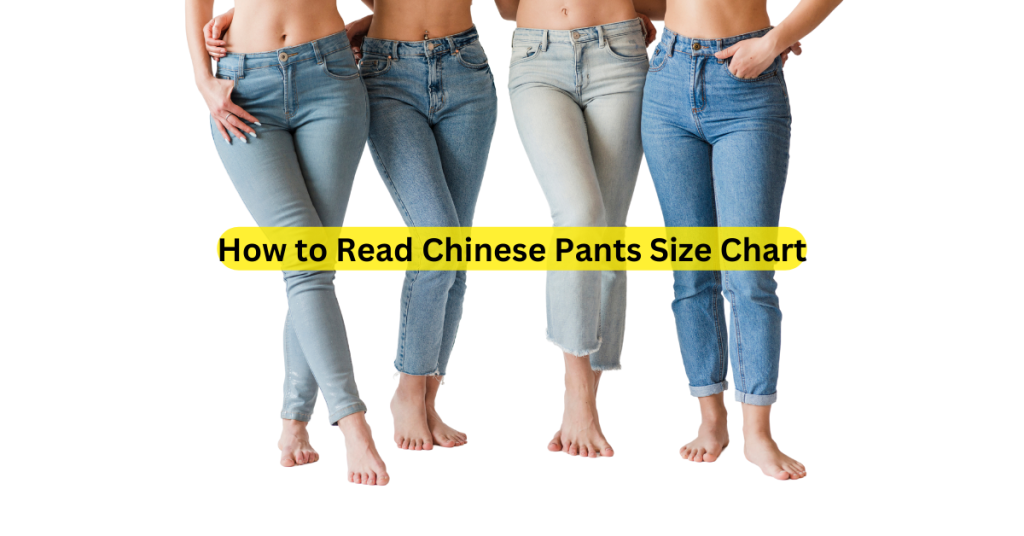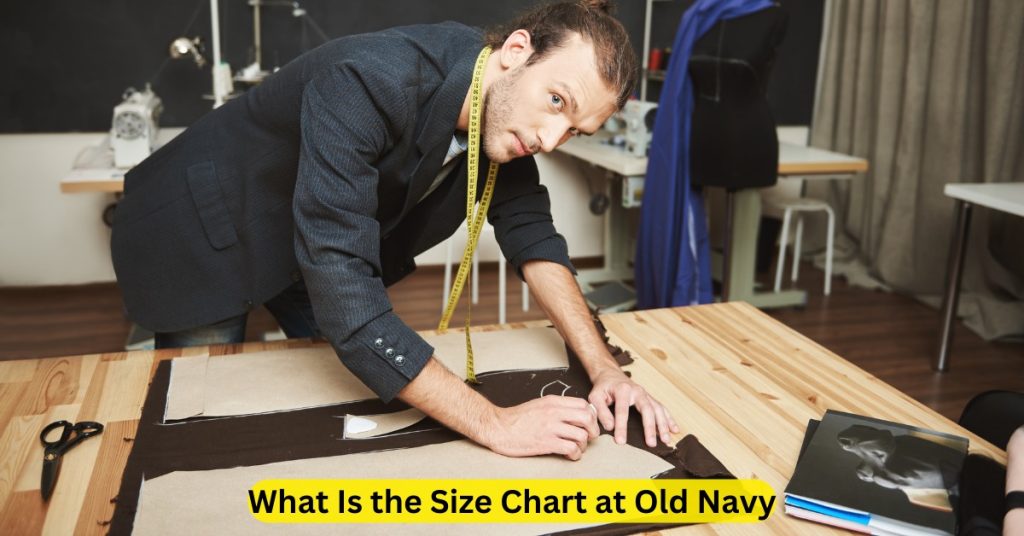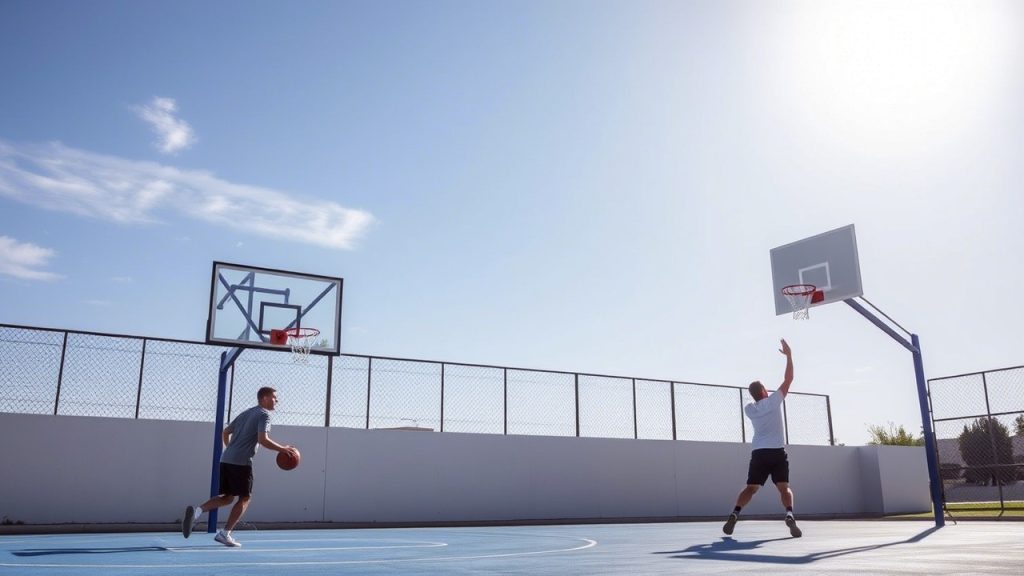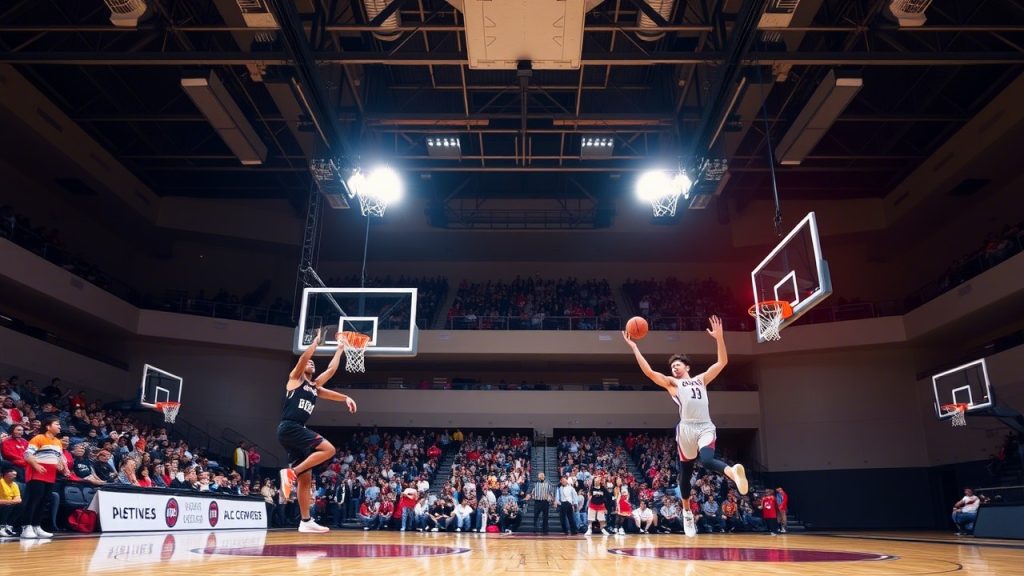8 Best Ski Boot Size Chart Ideas to Enhance Your Skiing Comfort
Skiing is one of the most exhilarating outdoor activities, offering the thrill of speed, adventure, and the beauty of snowy landscapes. However, one crucial factor that can make or break your skiing experience is the comfort of your ski boots. Even the most expensive and high-performance ski boots won’t do you any good if they’re not the right size or don’t fit properly. Ski boot discomfort can lead to pain, fatigue, and even injury, making it essential to find the perfect pair for your feet.
We’ll explore the 8 best ski boot size chart ideas to help you enhance your skiing comfort. From understanding sizing systems to ensuring the right fit, we’ll provide practical tips and tools that will guide you in finding ski boots that fit just right, so you can focus on skiing and not your sore feet.
1. Understanding the Mondo Point System
Before diving into the different boot sizing charts, it’s essential to know that ski boots use the Mondo Point sizing system, which is based on the length of your foot in centimeters. Unlike standard shoe sizing systems that use numerical sizes (like U.S. men’s or women’s sizes), Mondo Point provides a more precise fit, making it easier to choose the correct size for your ski boots.
Mondo Point Size Chart
| Mondo Point Size | Foot Length (cm) | U.S. Men’s Size | U.S. Women’s Size |
|---|---|---|---|
| 22.0 | 22.0 cm | 5 | 6 |
| 23.0 | 23.0 cm | 6 | 7 |
| 24.0 | 24.0 cm | 7 | 8 |
| 25.0 | 25.0 cm | 8 | 9 |
| 26.0 | 26.0 cm | 9 | 10 |
| 27.0 | 27.0 cm | 10 | 11 |
| 28.0 | 28.0 cm | 11 | 12 |
| 29.0 | 29.0 cm | 12 | 13 |
To determine your Mondo Point size, simply measure your foot from heel to toe in centimeters and match it with the appropriate size in the chart.
2. Choosing the Right Boot Width
When choosing ski boots, width is just as important as length. Ski boots come in different widths, often referred to as the last of the boot. The last represents the internal width of the boot, and it plays a crucial role in ensuring comfort and preventing pain or fatigue. If the boots are too narrow, your feet may feel cramped and pinched; if they’re too wide, your foot might slide around inside the boot, leading to instability and poor control on the slopes.
Boot Width Chart:
| Boot Width | Foot Shape | Ideal For |
|---|---|---|
| Narrow (97-98mm) | Narrow feet | Skiers with slim feet |
| Medium (100mm) | Average feet | Skiers with standard feet |
| Wide (102-104mm) | Wide or flat feet | Skiers with wide or high-arched feet |
To determine your boot width, it’s recommended to visit a boot fitter or try on boots in-store to find a pair that feels snug but not restrictive. If you’re shopping online, many manufacturers list the width of the boot in their descriptions.
3. Flex Rating for Comfort and Control
Flex rating refers to the stiffness of the ski boot and directly impacts your comfort and control while skiing. A higher flex rating means the boot is stiffer, providing more support and control, while a lower flex rating offers more flexibility, ideal for beginners or recreational skiers.
Choosing the right flex rating is vital to ensure that your boots support your skill level and skiing style. Boots that are too stiff can lead to discomfort, while boots that are too soft can lack control and stability.
Flex Rating Chart:
| Flex Rating | Ideal Skiing Level | Skiing Style |
|---|---|---|
| 50-70 | Beginner to Intermediate | Softer, more forgiving boots |
| 70-100 | Intermediate to Advanced | Balanced flex for performance |
| 100-130 | Advanced to Expert | Stiff boots for high performance |
For most recreational skiers, a flex rating of 70-100 is ideal, providing a balance between comfort and control.
4. Boot Volume: Ensuring the Right Fit
Boot volume refers to the internal space in the boot, including the width and height of the boot’s interior. Low volume boots are designed for narrow feet, while high volume boots are meant for wider feet or higher arches.
Choosing the right boot volume ensures that your foot doesn’t slide inside the boot, which could result in blisters or pressure points, and it also ensures that you get the maximum control over your skis.
Boot Volume Chart:
| Volume Type | Foot Shape | Ideal For |
|---|---|---|
| Low Volume | Narrow feet, low arches | Skiers with narrow feet and lower arches |
| Medium Volume | Standard feet | Skiers with average feet |
| High Volume | Wide feet, high arches | Skiers with wide or high-arched feet |
When trying on ski boots, make sure to check how the boot feels around the ankle, instep, and toes. A good-fitting boot should feel snug but not too tight in any of these areas.

5. Consider Custom Footbeds or Insoles
A simple yet effective way to improve the comfort of your ski boots is by adding custom footbeds or high-quality insoles. Custom footbeds are molded to the unique shape of your feet and can help provide better arch support, stability, and cushioning.
For skiers who suffer from foot pain or instability in their boots, investing in custom footbeds is an excellent solution to enhance fit and comfort.
6. Heat-Moldable Liners for a Personalized Fit
Many ski boots today come with heat-moldable liners, which mold to the shape of your feet when heated. This process provides a personalized fit and helps eliminate pressure points, offering improved comfort.
Heat-moldable liners are a great option if you have specific foot characteristics, such as high arches or a bunion, as they adapt to the unique shape of your foot and reduce the need for breaking in your boots.
7. Adjustable Cuff Alignment for Improved Posture
Another crucial aspect of ski boot fit is the boot cuff, which surrounds the lower leg. Many ski boots offer adjustable cuff alignment, which allows you to tilt the cuff forward or backward to match your natural stance. Proper cuff alignment ensures better posture and prevents strain on the shins and knees.
Ski boots with adjustable cuff alignment are especially helpful for skiers who experience discomfort or pain in the lower legs after skiing for a while.
8. Ski Boot Sizing for Different Skiing Disciplines
The type of skiing you enjoy can affect your ski boot choice. Alpine skiers, freestyle skiers, and backcountry skiers all have different boot requirements based on their needs for flexibility, support, and responsiveness.
- Alpine Skiing: Typically requires a stiff boot with a tight fit for better control and precision.
- Freestyle Skiing: Often benefits from a softer, more flexible boot to allow for more movement and comfort while performing tricks.
- Backcountry Skiing: Needs a boot that offers flexibility for hiking and touring, with the added benefit of good downhill control.
When selecting boots, consider your preferred skiing discipline and the features that will best suit your needs.
Frequently Asked Questions
1. What is Mondo Point sizing, and how does it differ from regular shoe sizes?
Mondo Point measures your foot length in centimeters and provides a more accurate fit for ski boots than regular shoe sizes, which can vary based on manufacturer.
2. How do I know if my ski boot width is right for me?
Your boot should feel snug around the foot without causing pinching or excessive pressure. If the boot feels too tight or too loose, you may need a different width.
3. What is the best flex rating for beginner skiers?
Beginners typically prefer boots with a flex rating of 50-70, as these are softer and more forgiving, offering comfort and easier movement.
4. Are heat-moldable liners worth the investment?
Yes, heat-moldable liners provide a personalized fit, improving comfort and helping to prevent pressure points, making them a great investment for skiers with specific foot shapes.
5. How do I adjust the cuff alignment on my ski boots?
Many modern ski boots come with adjustable cuffs that you can modify to align with your natural skiing stance. Adjusting this feature can improve comfort and reduce lower leg strain.
6. Do I need custom footbeds for ski boots?
Custom footbeds are highly recommended for skiers with foot problems or who need more support. They provide better arch support and stability, reducing discomfort during long days on the slopes.
7. Can I use regular insoles in my ski boots?
While regular insoles can provide extra cushioning, custom footbeds or ski-specific insoles are generally more effective in improving the overall fit and comfort of your boots.
8. How should ski boots feel when I try them on?
Ski boots should feel snug around your foot, especially in the heel and midfoot areas. Your toes should lightly touch the front of the boot without being cramped, and there should be no excessive room inside the boot.
Conclusion
Finding the perfect ski boot fit is essential to ensure comfort, performance, and safety on the slopes. By following these 8 best ski boot size chart ideas, you can make informed decisions when choosing boots that match your foot shape, size, and skiing style. Whether you’re adjusting boot width, flex rating, or considering custom footbeds, the right fit will help you maximize your skiing experience.
So, take the time to try on boots, consult size charts, and prioritize comfort—your feet will thank you! Happy skiing!

